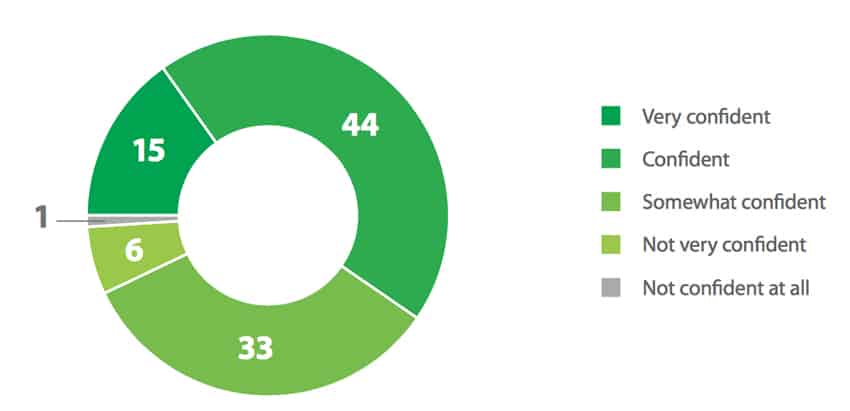
Veeam has commissioned an ESG report to look at the availability gap (a gap between user expectations for availability and what IT can deliver) and how much this gap can actually costs enterprises. The report took a survey of 1,060 ITDMs from private and public sector organizations with a minimum of 1,000 employees, in 24 different countries, in late 2016. Countries included in the survey include Australia, Belgium, Brazil, Canada, China, Denmark, Finland, France, Germany, Hong Kong, India, Israel, Italy, Japan, Mexico, Netherlands, Russia, Saudi Arabia, Singapore, Sweden, Thailand, the UAE, UK, and the US. This is the sixth annual availability report from Veeam.
All companies, large and small, are looking for a competitive edge. There is now a large promise of an advantage on the IT side of a business from both new technologies and better utilization of existing technology and data. While users now expect access to these new technologies, there is a gap in what is desired versus what is deliverable, an Availability Gap. A majority of the businesses polled report that they suffer from such Availability Gap. This gap isn’t just a nuisance, according to the ESG report, the gap impacts the bottom line of businesses by $21.8 million per year and stifles innovation.
A majority of IT leaders surveyed feel that Availability, meaning the continuous access to services, is a requirement for Digital Transformation. However, this transformation is hindered by unplanned downtime, from network outages to cyber-security threats to natural disasters. As stated, this downtime can cost up to $21.8 million a year (up from $16 million a year in the previous study). Not only are there the easily measurable costs, but the loss of customer confidence in a business can dramatically impact the company going forward.
A possible solution is what the study referred to as a Multi-Cloud Future. The Cloud is becoming an increasingly more attractive option for companies looking for Digital Transformation. In fact, nearly half of those surveyed believe that the Cloud can deliver better service levels for mission-critical data that their internal IT process. And the investments in Software as a Service (SaaS), Backup-as-a-Service (BaaS), and Disaster Recovery as a Service (DRaaS) are expected to rise in the coming years.
The full report is available for download in the link below.
Sign up for the StorageReview newsletter

